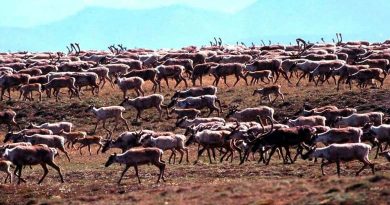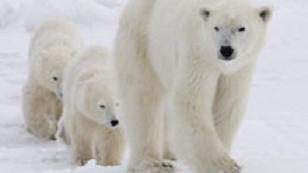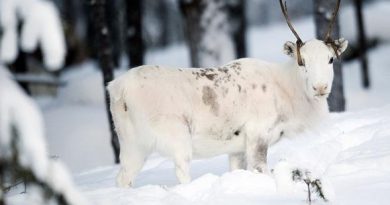Assessing Pan-Arctic Biodiversity for policy planners
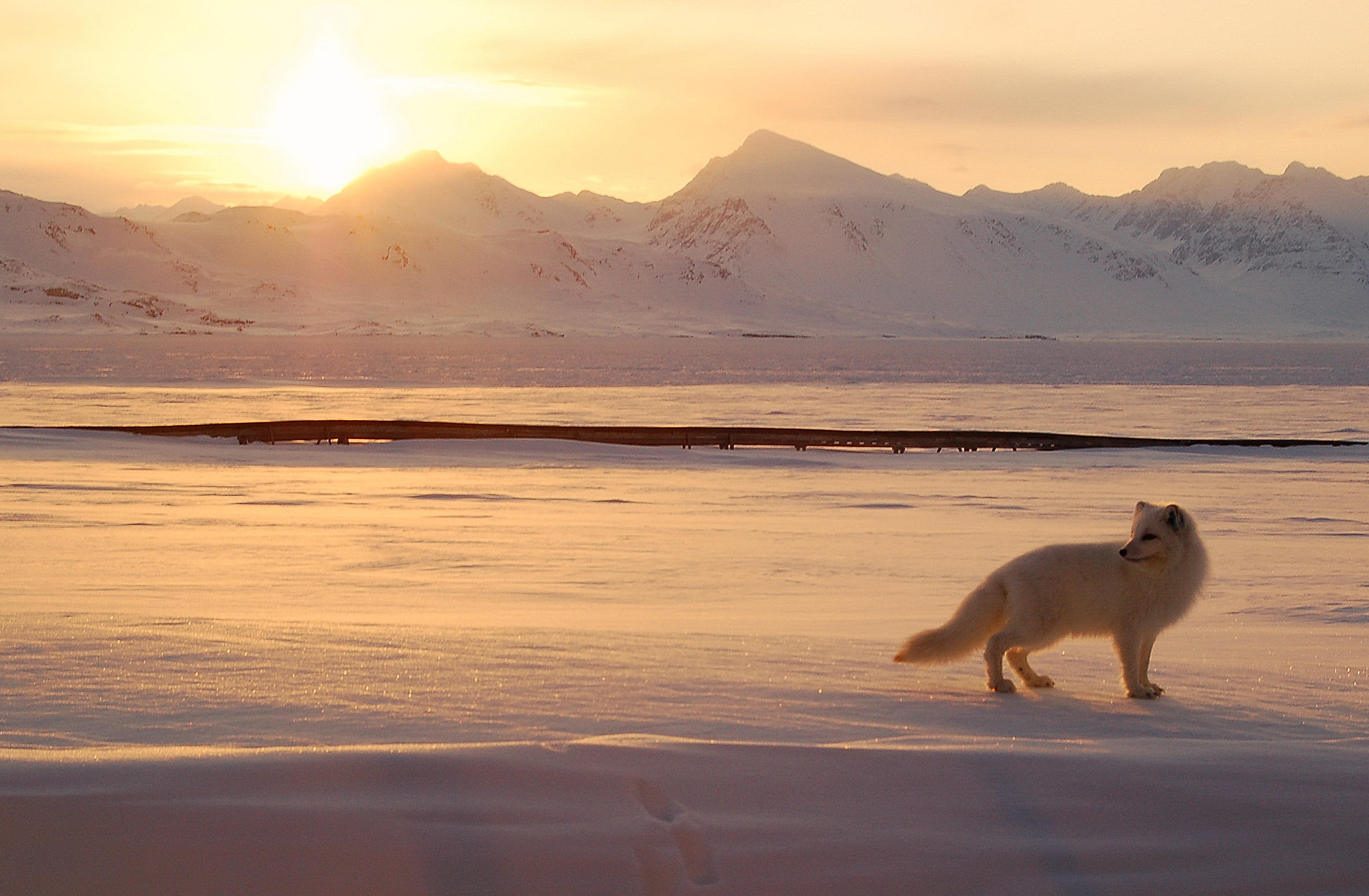
In terms of flora and fauna, in order to know what to protect or how to protect it, one must first know what’s there, and where it is.
To that end in the circumpolar region, an Arctic Biodiversity Assessment has been undertaken.
Donald Reid (PhD) is a conservation zoologist in Whitehorse, Yukon, with Wildlife Conservation Society Canada. WCS Canada is a non-profit charitable organization which creates and interprets scientific data towards better conservation policies.
The idea is to gather a complete picture of the animals, insects, birds and marine creatures in the Arctic, and ecosystems which traditional peoples depend upon, and determine trends. This is especially important in light of a
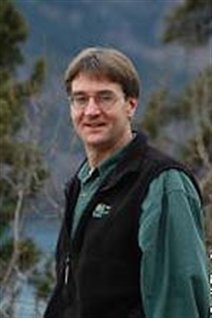
rapidly changing climate.
Mr Reid was tasked with gathering data on Arctic mammals for the whopping 1,000 page document.
The Arctic Biodiversity Assessment was commissioned by a technical body called Conservation of Arctic Flora and Fauna: CAFF.
This body in turn reports to the Arctic Council, an intergovernmental group made up of the those nations having territory in the Arctic, (Canada, Denmark, Finland, Iceland, Norway, Russia, Sweden, and the United States) with involvement of various indigenous peoples, all with a view to develop circumpolar policies on sustainable development and environmental protection.
Donald Reid notes it’s been an interesting task, as they first have to determine where exactly to establish boundaries as to where “the Arctic begins. He also notes there is not a great deal of historical scientific data to draw upon when determining how species have grown or dwindled or moved into or out of the region.
“In terms of good quality scientific information we can occasionally go back a little more than about 50 years, but using traditional knowledge (from aboriginal inhabitants) we can at lease infer patterns further back”, he says. In spite of that he says there are noticeable changes.
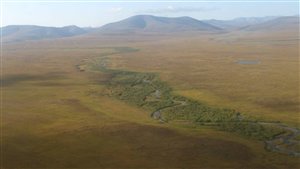
As the climate warms, shrubs are moving further north along with different animals, birds and insects. As an example he says, “The Sami and Siberian reindeer herders have been reporting about the shrubs moving north and reducing their reindeer grazing land.
As for true Arctic animals, there are relatively few as most do not spend their entire life, or the entire year in the Arctic but move back and forth between tundra and boreal forest, such as grizzly bears, now becoming more frequent in the Arctic, and although some individuals may stay year round, most still move between forest and tundra
True Arctic animals include the Arctic fox, Muskox, Arctic hare and Peary caribou, while other northern mammals such as Arctic ground squirrels, grey wolves (which are often white in the Arctic), brown lemmings, tundra voles and wolverines, inhabit the boreal forest regions as well as the Arctic.
Mr Reid says that so far most of the change, and the greatest amount of change in ecosystems and flora and fauna are happening at the southern edges of the Arctic.
He says that once the assessment has been complete, a programme has been set up to gather ongoing information from scientists who regularly return to locations and that updates will be published every three to five years.

